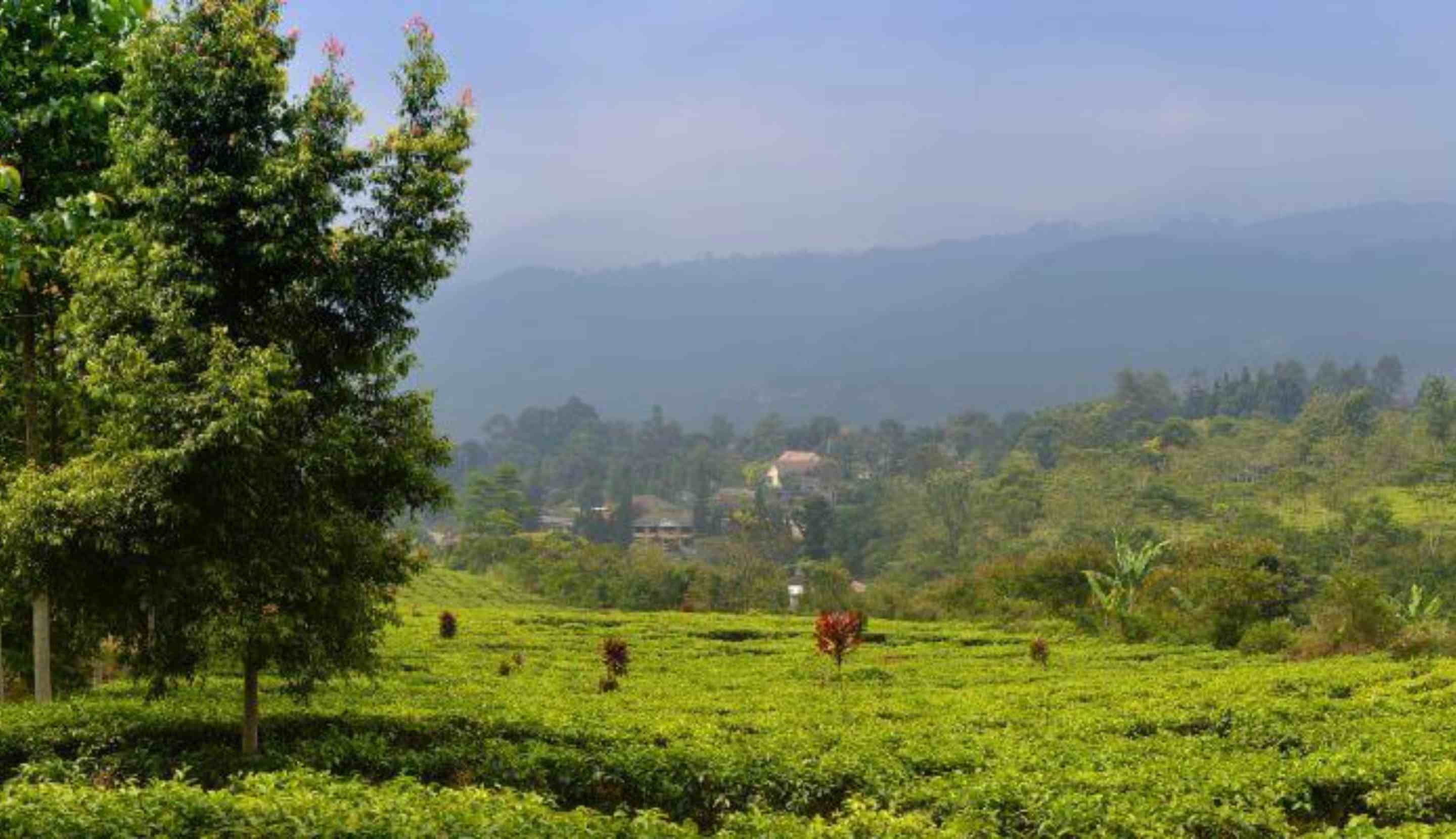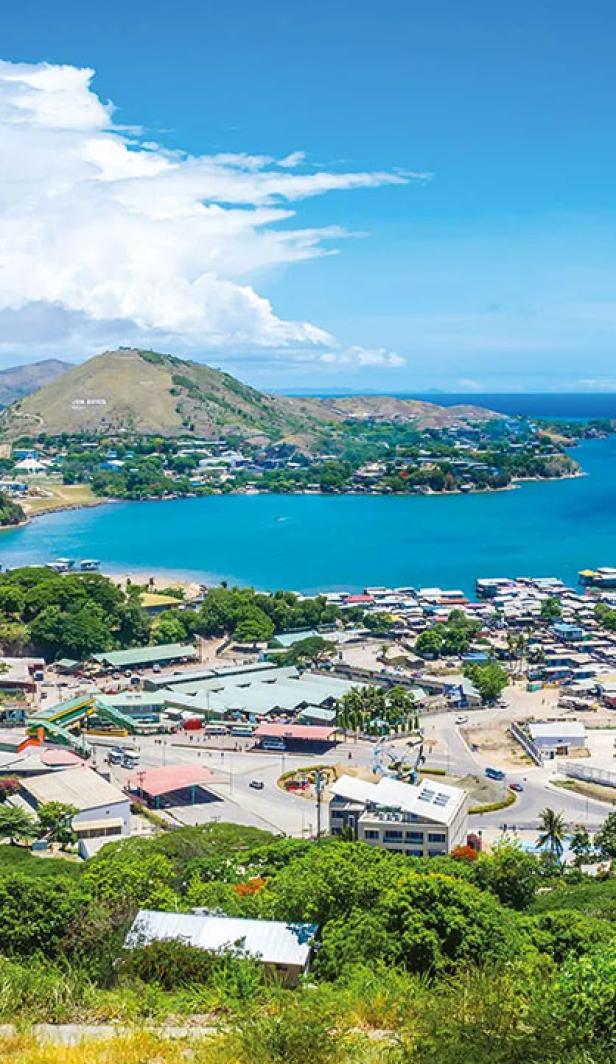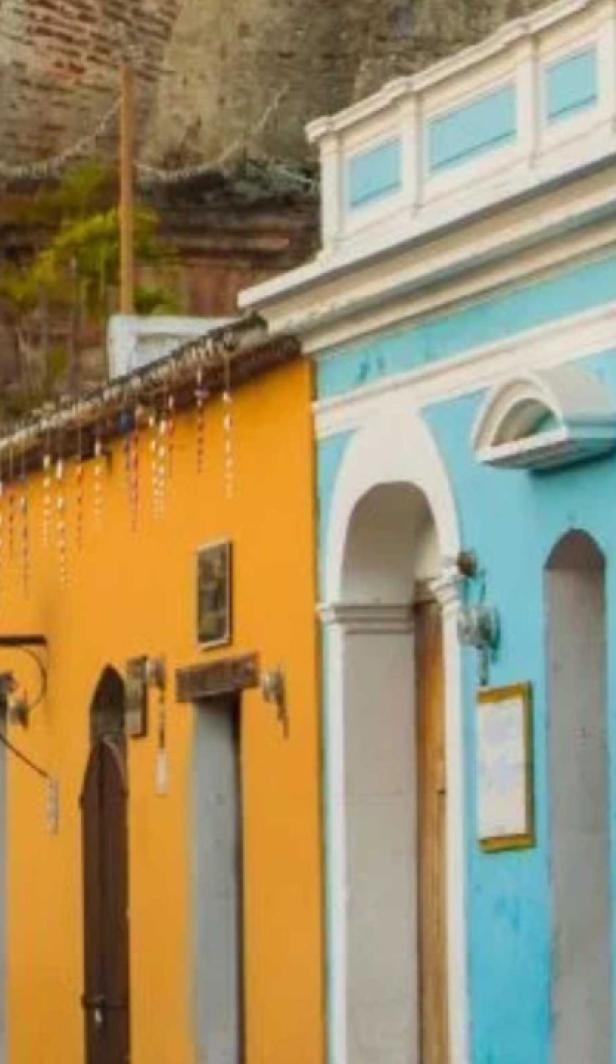History of Indonesian coffee
The origins of Indonesian coffee start in Java in the late 1600s, where Arabica beans were brought over by Dutch settlers. With the country’s high altitude, ocean mist and volcanic soil, the crops flourished and by the early 1700’s, Java started commercially exporting Arabica beans. As the years went by, coffee bean growth spread across Indonesia and in the mid 1800’s, large Arabica plantations took form across Sulawesi, Bali, Timor and Sumatra.
Business was booming for the Indonesian coffee beans industry until the late 1800’s, when disaster struck. A disease known as ‘coffee rust’ swooped across the land, destroying the majority of the Arabica coffee plants in the plantations. In a bid to rebuild what was lost, the Dutch introduced the hardier Robusta plant which is said to be resistant to the disease. To this day, most of the beans produced in Indonesia are Robusta (91% in fact), with Arabica steadily making a comeback in recent years.
Indonesian coffee production
One of the reasons why Indonesian coffee is so special is down to the way they produce it. Where the majority of the world use the natural/washed or wet processes, Indonesia uses one known as ‘Giling Basah’, which means wet hulling or wet grinding.

Indonesian coffee production regions
There are three main regions responsible for producing most of Indonesia’s coffee and each boasts a wonderfully unique flavour profile.
1. Sumatra
The most popular type of Indonesian coffee from the Sumatran region is Mandheling coffee. Named after an ethnic group from the area, it’s often described as full-bodied and earthy with low acidity. Sumatra Lintong also hails from the region and is popular due to its sweet profile paired with its low acidity, medium body and earthy aroma. Gayo is also from Sumatra and is considered dense with strong flavours.
2. Java
Java is one of the most popular growing regions in Indonesia and it’s so well-known that ‘Java’ is often used as a synonym for coffee! Coffee grown in Java is thought to be syrupy and full bodied with a mellow acidity.
3. Sulawesi
Coffee from the Sulawesi region is typically Toraja coffee. Not as earthy as the other coffee types from Indonesia, it’s much lighter, but still well-balanced with fruity and chocolatey undertones.
Now you know all about Indonesian coffee and what makes it so special! Why not continue learning about the world’s coffees and find out about Brazil, the number one coffee producing capital in the world, next?
Today’s community favourites




